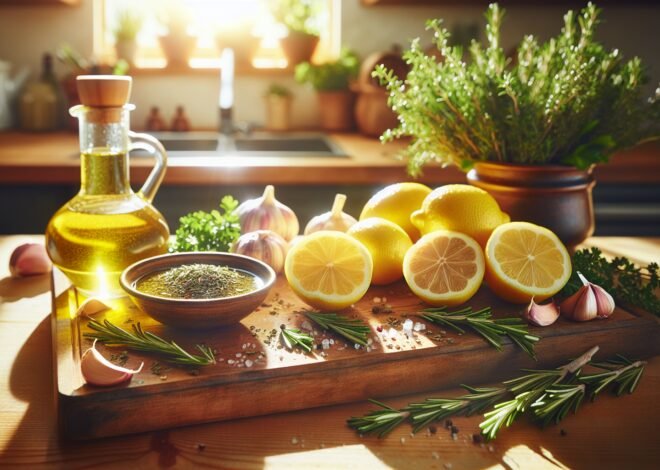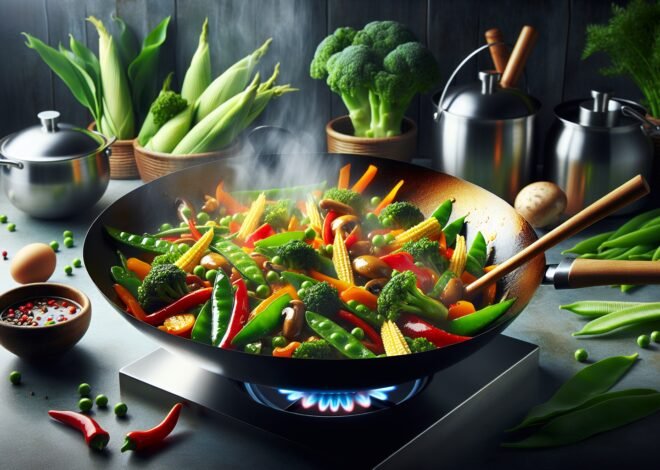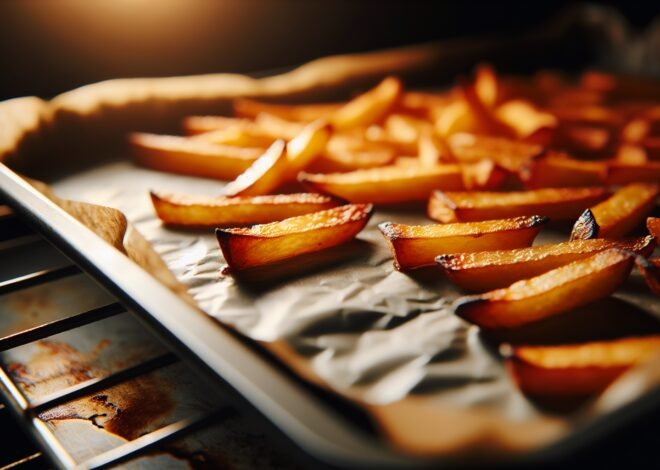
How to Adjust Oven Temperature for High Altitude Cooking
Cooking at high altitudes requires specific adjustments to oven temperature to achieve the best results. In this article, we will explore why high altitudes affect cooking times and temperatures, and how you can make the necessary changes to your oven settings for perfect baking. Get ready to learn useful techniques that will help you overcome the challenges of high-altitude cooking and ensure delicious outcomes every time.
Challenges of High Altitude Cooking
Cooking at high altitudes can be a unique adventure. The mountainous regions offer breathtaking views, but they also present specific challenges for culinary enthusiasts. Understanding these challenges is the first step to mastering high altitude cooking and enjoying perfectly cooked meals.
How Altitude Affects Cooking
At higher elevations, the air pressure decreases. This change affects the way food cooks, whether you’re boiling, baking, or frying. Water boils at lower temperatures, meaning it takes longer to cook foods that rely on boiling, like pasta or rice. Similarly, recipes that depend on rising, like breads and cakes, might not turn out as expected due to the altered air pressure.
Changes in Boiling and Baking Points
The science behind cooking at high altitudes reveals that the boiling point of water decreases by about one degree Fahrenheit for every 500-foot increase in elevation. This means that at 5,000 feet, water boils at approximately 202 degrees Fahrenheit instead of the typical 212 degrees. Consequently, food might take longer to cook through boiling. Baking is equally affected, as reduced atmospheric pressure can cause baked goods to rise too quickly and then collapse.
Common High Altitude Issues
Many common cooking issues arise at high altitudes:
- Dryness: Higher elevations tend to be drier, which can affect the moisture in cooking and baking.
- Inconsistency: Foods may cook unevenly, resulting in undercooked or overcooked sections.
- Texture Changes: Baked goods may be more crumbly or denser.
Addressing these issues requires adjustments and patience, but with the right approach, even high-altitude cooking can yield delicious results.
Adjusting Oven Temperature
Adapting your oven techniques is crucial when cooking at altitude. It involves understanding how lower air pressure affects temperature and what adjustments are necessary to achieve the desired outcome in your dishes. Embrace the challenge to produce meals that delight your palate and impress your guests.
Lower Air Pressure Effects
Lower air pressure reduces the boiling point of water, as previously noted, but it also affects oven temperatures. Foods that require high heat may not cook as quickly or as thoroughly. This can result in uneven cooking, where the outside of your dish is browned while the inside remains undercooked. Mastering these effects is key to perfecting high-altitude recipes.
Temperature and Time Adjustments
Making temperature adjustments is essential for high-altitude cooking:
- Increase oven temperature: Raise it by 15 to 25 degrees Fahrenheit to compensate for lower air pressure.
- Extend cooking time: Foods may require additional time to cook thoroughly. Check for doneness at regular intervals.
- Monitor moisture levels: Consider covering dishes to retain moisture or adding extra liquids to prevent dryness.
These adjustments help ensure that your meals are cooked to perfection, capturing the flavors and textures you desire.
Recommended Adjustments for Baking
Baking at high altitudes necessitates specific modifications:
1. Reduce sugar: Decrease sugar by 1-2 tablespoons per cup to prevent excessive browning.
2. Increase liquid: Add 1-2 tablespoons of liquid to maintain moisture.
3. Adjust leavening agents: Use less baking powder or soda to prevent over-rising.
Implement these adjustments for consistent and delightful baking results, allowing your creations to shine despite the altitude.
Tools and Techniques
Equipping yourself with the right tools and techniques is fundamental for successful high-altitude cooking. With the proper equipment and methods, you can tackle the challenges of high-altitude cooking and consistently produce dishes that impress.
High Altitude Baking Tools
Having the right tools can make a significant difference in high-altitude baking:
- Oven thermometer: Ensures accurate temperature measurements.
- Humidity control: Consider using a humidifier to maintain moisture levels in your kitchen.
- High-quality bakeware: Invest in sturdy, reliable pans and trays that promote even cooking.
These tools assist in creating the perfect baking environment, crucial for high-altitude success.
Monitoring Oven Performance
Keep a close eye on your oven’s performance:
- Check temperature accuracy: Regularly calibrate your oven to ensure it maintains the set temperature.
- Rotate pans: Move pans halfway through baking to promote even cooking.
- Use a timer: Set a timer to remind you to check on your dishes regularly.
Monitoring these factors can help mitigate the challenges posed by high altitude and increase the likelihood of a successful outcome.
Practical Tips for Consistent Results
To maintain consistent results in high-altitude cooking, consider these practical tips:
- Experiment with small batches: Try new recipes in small quantities to determine the best adjustments.
- Document changes: Keep a journal of what works and what doesn’t, to refine your cooking techniques.
- Stay flexible: Be prepared to make on-the-fly adjustments as needed based on real-time results.
These strategies empower you to become a high-altitude cooking expert, turning potential obstacles into opportunities for culinary creativity.
Conclusion
High altitude cooking requires specific adjustments to oven temperatures due to changes in air pressure and boiling points. By understanding these effects and making careful adjustments to time and temperature, you can achieve successful baking results at high altitudes. Utilize the recommended tools and techniques for better performance and consistency.
FAQ
What challenges are faced in high altitude cooking?
High altitude cooking poses several challenges due to lower air pressure. This can lead to water boiling at lower temperatures, causing food to cook unevenly or take longer. Baking can be particularly tricky, with doughs rising faster and falling flat. Adjusting recipes becomes a necessity to counteract these effects.
How do I adjust oven temperature for high altitudes?
At high altitudes, increasing the oven temperature by 15 to 25 degrees Fahrenheit helps food cook properly. This adjustment compensates for lower air pressure and ensures that baked goods rise and set before they lose moisture. Keep an eye on cooking times, as they might also need reduction.
Why does altitude affect cooking times?
Altitude affects cooking times because the air pressure is lower, causing water to boil at lower temperatures. This means it takes more time for foods to reach the desired temperature and cook through. Adjusting cooking times and temperatures is crucial for consistent results.
Are there specific tools for high altitude baking?
While no specialized tools are exclusively for high altitude baking, using a reliable oven thermometer and adjustable kitchen scales can help. These tools aid in precise temperature settings and ingredient measurements, ensuring better control over baking outcomes.
What temperature adjustments work best for baking?
For baking at high altitudes, increase the oven temperature by 15 to 25 degrees Fahrenheit. This helps baked goods rise and set properly. Monitor your baked items closely, as they may require shorter baking times to avoid overcooking.
How can I ensure consistency at high altitudes?
Ensuring consistency involves adjusting recipes, such as increasing oven temperatures and reducing sugar and leavening agents. Monitoring cooking times closely and using accurate measurements also contribute to achieving reliable results. Patience and practice play key roles in mastering high altitude cooking.











